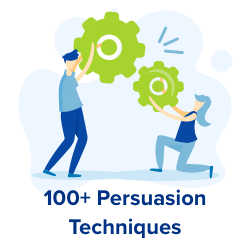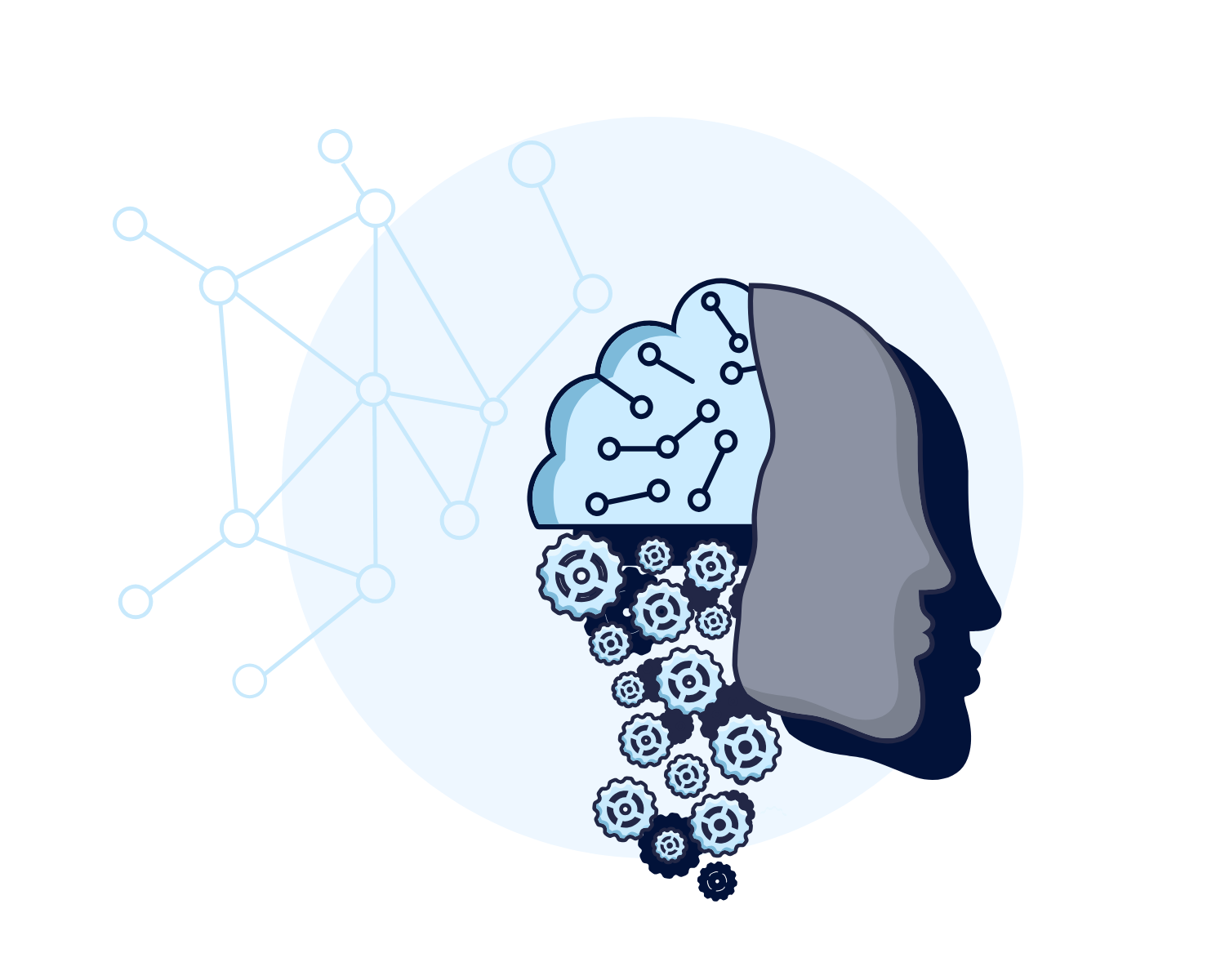Why the use of persuasive techniques is vital when optimising a SaaS website
 This article was originally posted on Enterprise CIO
This article was originally posted on Enterprise CIO
—
When it comes to developing your website, as a software provider you might wonder why you should you care about applying persuasive techniques. For me, that is an easy question to answer. You can claim you’ve developed the most powerful and innovative SaaS product on earth, which is great – but it’s useless if you can’t persuade anyone to try it out or to buy it.
By their very nature, SaaS products are exclusively bought and used online, so your website is crucial in persuading your visitors to give it a try. In fact a recent study by Unbounce found through analysis of 64,284 lead generation landing pages in 10 industry verticals, the importance of this: The top performers achieved on average a +850% better conversion rate vs the 25% of bottom performers. That means they collected 8.5 times more leads.
But how did they do it? It couldn’t be because of the technology or the tools that they used, because they all used the same.
They simply made their landing page more persuasive, reduced cognitive friction and made use of appropriate cognitive biases.There are over 100 proven techniques that you can apply to your website based on proven consumer psychology principles. Each one of these can help in optimising sales rates. Here are a few examples of these techniques:
Use a Higher Pricing Plan as ‘An Anchor’
When you hear the term ‘ugly brother’, website optimisation probably isn’t the first thing that comes to mind. But when it comes outlining your pricing plans on your website this strategy can be very useful.
Offering a pricing plan that is significantly higher than the middle plan will make the middle plan seem much more reasonable
Offering a pricing plan that is significantly higher than the middle plan (which would be the one you hope customers to buy) will make the middle plan seem much more reasonable and like a good deal in comparison. People will feel like they are getting better value for money because they are ‘saving’ a lot in comparison to the higher decoy option. And you will most likely increase the number of sales for your middle plan compared to your cheapest plan.
Additionally, the higher price can help ‘anchor’ your visitor at a higher price level for your product, making your second highest price plan appear affordable in comparison.
Add Testimonials and ‘Recommended By’ Products
If you have positive reviews about your products or services then always display them on your homepage as social proof.
The concept of ‘social proof’ first explored by social psychologist Sherif in 1935, and later developed by Asch in 1956, has shown that we have a strong tendency to copy the choices of others when we are hesitating on a decision. Seeing that someone else has had a positive experience will give visitors more confidence in making a purchase.
Adding an element of impartiality and authority to your product or brand through adding content that shows you are ‘featured in’ or ‘recommended by’ well known authoritative bodies, such as magazines or other respected companies in your field, will lend weight to what you are selling.
Re-order Your Navigation Menu
The Serial Position Effect (notably studied by Ebbinghaus, Murdock, Glanzer and Cunitz) refers to the finding that recall accuracy will vary as a result of where an item is positioned within a list.
People recall the first and last items in a series best
Based on this research, items are more likely to be remembered if they are presented at the beginning (the primacy effect) or the end (the recency effect) of a list, relative to those items presented in the middle. People recall the first and last items in a series best and the middle items worst. Links at the beginning and end of a menu on a website receive the most clicks.
Re-ordering your navigation menu by putting the most important links at the beginning and the end of your menu will help to ensure visitors notice and click on them.
Change Your Call to Action Whilst a Visitor is on Your Site
In order to draw attention to your call to action, try setting it to alter whilst your visitor is on the page.
People are naturally drawn to icons which stand out from their environment and something which changes in this way will keep returning your visitor’s attention to it and make them more likely to click through.
Depending upon the page on which your ‘Call-to-Action’ features, you could try altering the colour at time intervals or as visitors scroll down the page to see an increased focus on the button and higher conversion.
Focus on Experience Over Financial Benefits
It’s a good idea to avoid references to money when presenting your products to customers and instead to emphasise the enjoyment they will get when using them.
People place more value on the experience
People place more value on the experience than the money and focusing on that will allow them to connect with your product or service.
The Time versus Money Effect was notably studied by Mogilner and Aaker in 2009. They showed that people react much more favourably to sales pitches that make reference to time rather than money. We react much more positively to references to the time we will get to spend with a product over any mention of money (even if that is to say how much money we might save).
So What Is The Benefit of Applying These To My Site?
Bryan Eisenberg, NY Times bestselling author, once made the point that “Companies that plan and optimise persuasive momentum usually convert two to four times better than their industry’s average conversion rate.”
Could you really afford to forgo a 200-400% sales increase, by not considering all the subtle ways you can persuade your customers to buy your service?
These tips are just the tip of the iceberg, there are hundreds more simple, cheap and effective ways out there to optimise your SaaS website.



